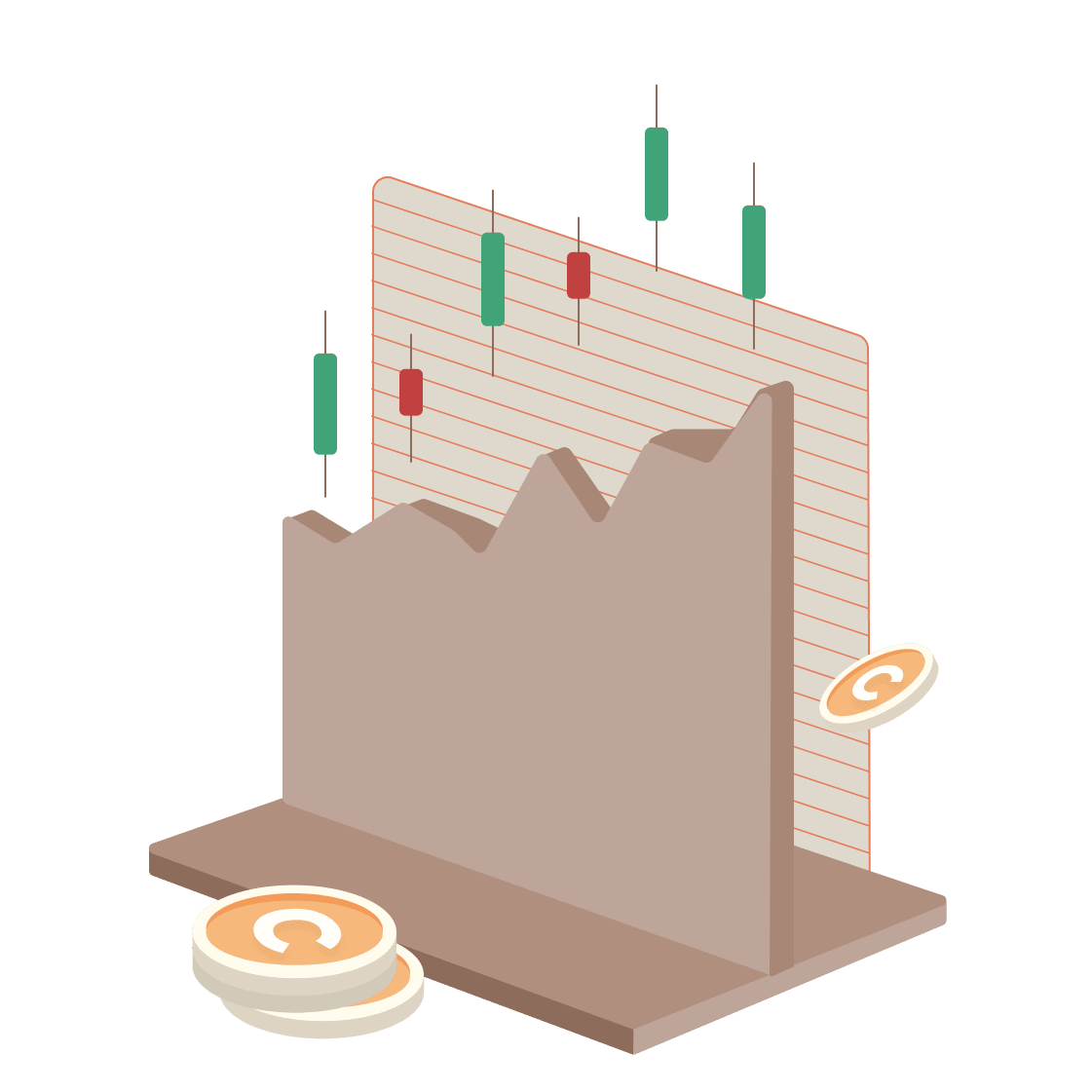Home
Indices
List of Indices in India
Browse the complete list of stock indices in India, including benchmark, sectoral, and thematic indices. Use this stock market index list to explore detailed performance metrics, top gainers and losers, index constituents, heatmaps, benchmark comparisons, and historical returns.
Name | Price | 1D Returns | 1W Returns | 1M Returns | 3M Returns |
|---|---|---|---|---|---|
26,122.15 | 0.60% | 0.74% | -0.04% | 3.50% | |
85,378.73 | 0.53% | 0.57% | -0.11% | 3.93% | |
59,275.10 | 0.35% | 0.37% | -0.06% | 6.94% | |
9.67 | 1.58% | -4.35% | -19.21% | -3.01% | |
68,785.90 | 0.60% | 0.52% | -1.59% | -1.48% | |
60,669.10 | 0.60% | 0.76% | -0.82% | 2.87% | |
53,147.38 | -0.43% | 2.42% | 0.83% | 0.62% | |
26,646.90 | 0.60% | 0.71% | -0.29% | 2.66% | |
39,223.85 | 1.38% | 2.88% | 5.36% | 10.68% | |
23,821.40 | 0.61% | 0.71% | -0.68% | 1.65% | |
36,560.05 | -0.19% | 3.45% | 2.12% | 1.48% | |
46,277.19 | -0.18% | 2.23% | 2.41% | 1.55% | |
14,522.60 | 0.60% | 0.72% | -0.39% | 2.72% | |
11,446.80 | -0.20% | 3.45% | 2.23% | 1.51% | |
22,855.35 | 0.46% | 0.52% | 0.24% | 0.82% | |
54,903.50 | 0.22% | 0.79% | -1.00% | -2.58% | |
27,817.70 | 0.58% | 0.40% | 0.92% | 2.06% | |
27,461.95 | 0.30% | -0.18% | -0.85% | 3.58% | |
13,926.55 | 0.46% | 0.33% | -1.01% | 5.67% | |
66,299.99 | 0.24% | -0.14% | -0.68% | 6.65% | |
44,128.40 | 0.41% | 0.75% | -1.41% | -2.34% | |
20,062.59 | -0.83% | -3.30% | -3.19% | -2.00% | |
59,536.81 | -0.15% | 4.40% | 13.72% | 13.42% | |
37,951.95 | 1.34% | 3.06% | 4.85% | 9.17% | |
8,389.50 | 0.39% | 2.08% | -2.66% | 13.45% | |
9,602.50 | 0.70% | 0.57% | -3.86% | -2.73% | |
6,236.90 | 0.49% | 0.21% | -4.04% | -4.21% | |
19,983.60 | -0.32% | 7.84% | 6.16% | 0.76% | |
33,850.82 | -0.41% | 10.39% | 11.09% | 10.66% | |
67,229.33 | 1.05% | 0.87% | -4.75% | -5.47% |
FAQs
What is a stock market index, and why is it important in India?
A stock market index is used to measure the performance of a group of stocks, and thus, it is often used as a reflection of the overall market or a specific sector. In India, indices like the NIFTY 50 and BSE Sensex provide market trends and serve as benchmarks for investors.
How are Indian stock indices constructed?
In India, indices are typically constructed using the free-float market capitalization method. In this approach, only the shares available for public trading are considered, which ensures that the index reflects the market's investable portion. For example, the NIFTY 50 comprises the 50 most liquid and large-cap stocks listed on the NSE.
What are the major stock market indices in India?
In India, the 2 major stock market indices are Nifty 50, which represents the top 50 large-cap stocks on NSE, and Sensex, which comprises of 30 well-established companies on the BSE.
What are the Different Types of Indices?
Indices can be broadly classified into Broad Market or Benchmark Indices (like Nifty 50), Sectoral Indices (like Nifty Bank), Market Cap-based Indices (like Nifty Midcap 50), Strategy-based Indices (like Nifty Quality 30), and other Specialized Indices (like Nifty Commodities (NSE)).
How to Invest Directly in Indices?
Investing directly in an Index is not possible since they are just benchmarks. However, there are indirect ways to invest in indices like buying index funds or exchange-traded funds (ETFs) that mirror the performance of a specific index like the Nifty 50 or the Sensex.

Excited to Invest?
Join our waitlist now and get early access to our platform!
